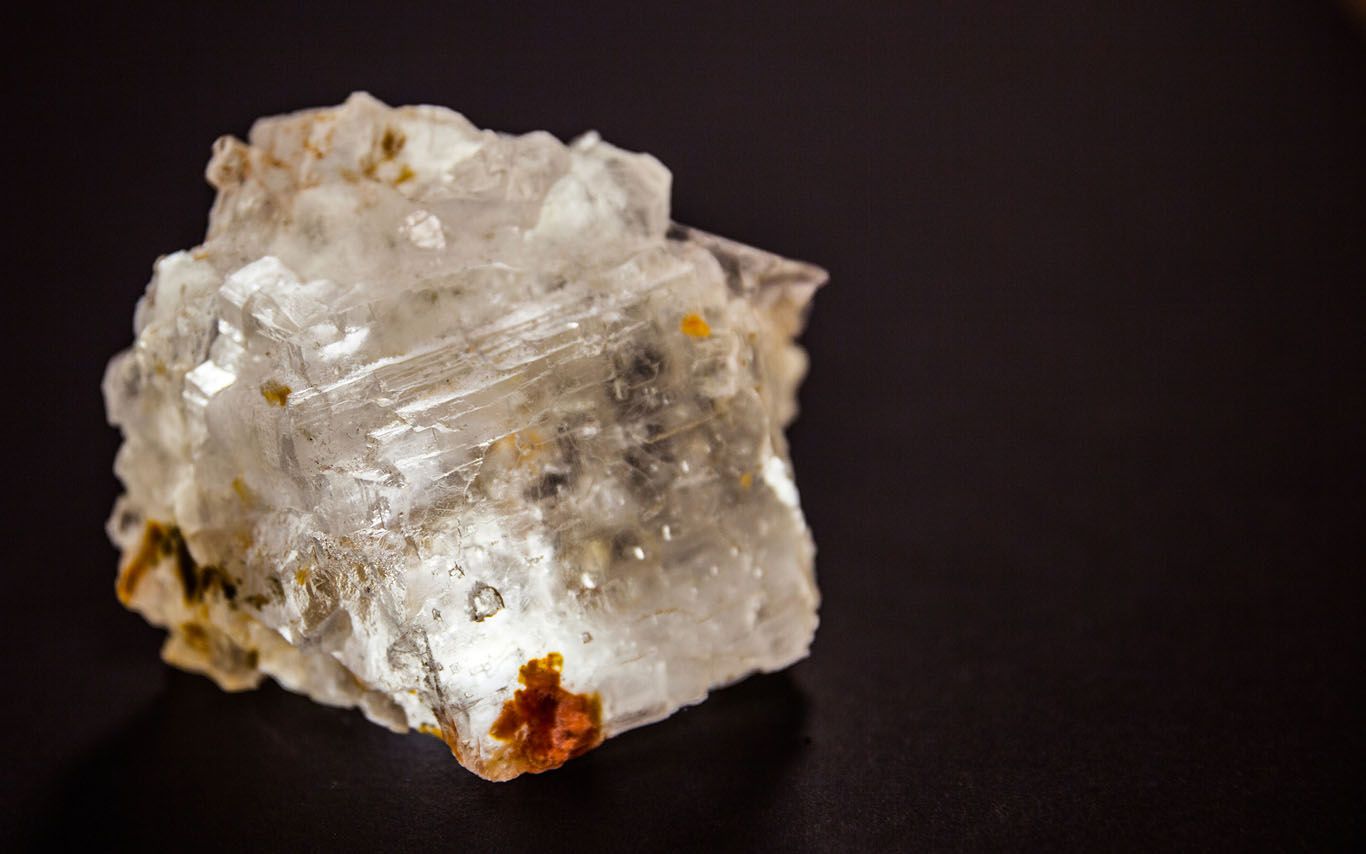

GEOLOGIC DISPOSAL SAFETY CASE
Government officials and scientists chose the Waste Isolation Pilot Plant (WIPP) site through a selection process that started in the 1950s. At that time, the National Academy of Sciences conducted a nationwide search for geological formations stable enough to contain radioactive wastes for thousands of years. In 1955, after extensive study, salt deposits were recommended as a promising medium for the disposal of radioactive waste. Since then, bedded salt has been one of the leading candidates for the permanent disposal of radioactive waste.
Salt offers the following advantages:
Salt formations at WIPP were deposited in thick beds during the evaporation of an ancient ocean, the Permian Sea. These geologic formations consist mainly of sodium chloride rock, the same substance that, in granular form, is in a salt shaker. The primary salt formation containing the WIPP repository is about 2,000 feet thick, beginning 850 feet below the surface.
Formed about 250 million years ago during the Permian Era (before dinosaurs), large expanses of uninterrupted salt beds provide a setting free from the disturbances of large earthquakes. Proven stability over such a long time span ensures that a repository within the salt formation will remain stable for the time it will take for WIPP-bound waste to lose most of its radioactivity.
At the depth of the WIPP repository, the salt will encapsulate the buried waste in the stable rock over a period of decades and seal the waste from the biosphere. The same natural barriers and self-sealing properties that kept the salt intact for millions of years will also safely isolate the waste.
